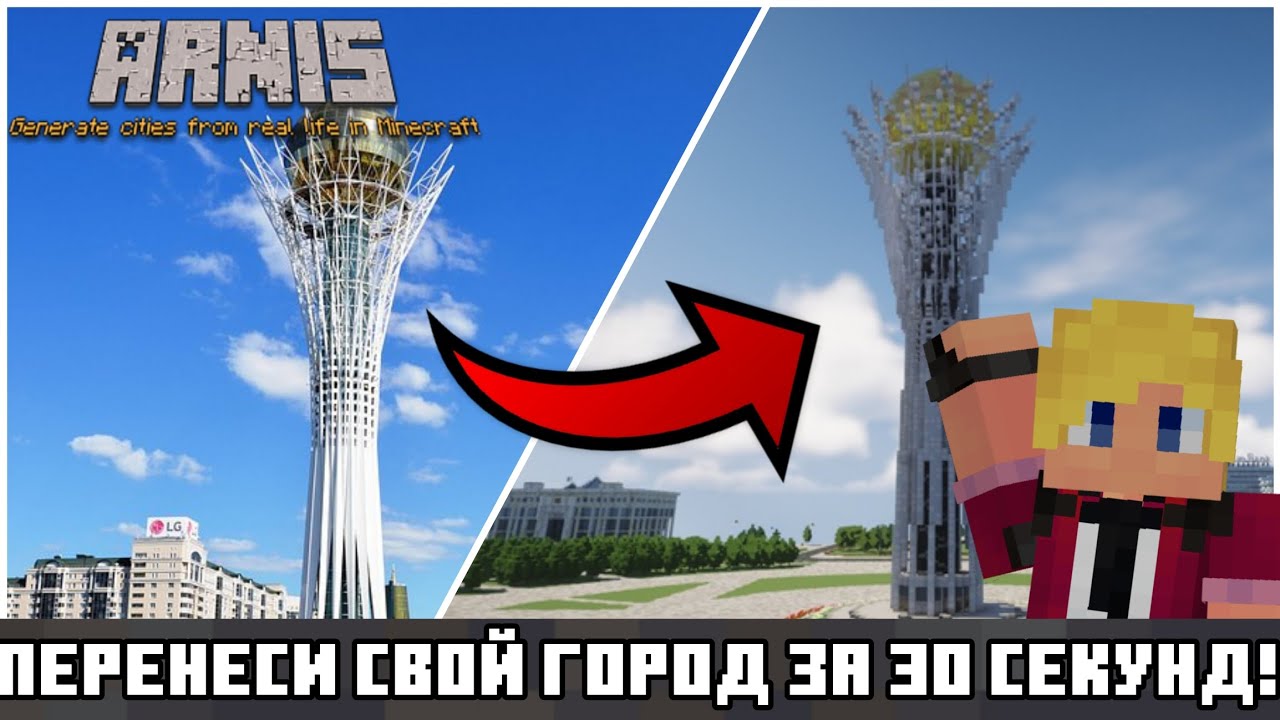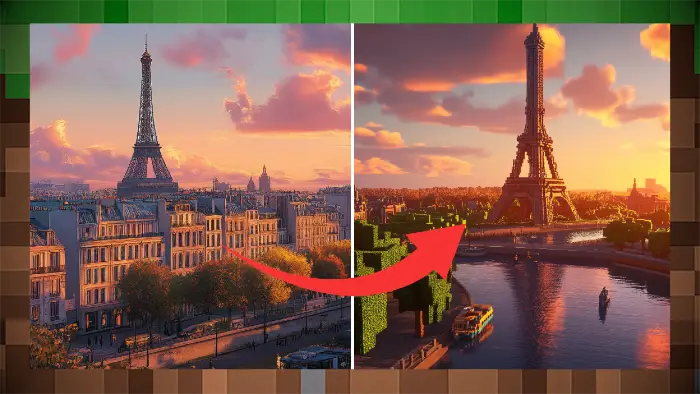
Exploring the Educational and Entertainment Value of Arnis
January 8, 2025
Exploring the Educational and Entertainment Value of Arnis-Generated Minecraft Maps
Arnis is a groundbreaking tool that allows users to transform real-world locations into immersive Minecraft maps. This innovative capability not only enhances gameplay but also serves as a powerful educational resource. In this blog post, we will explore how Arnis-generated maps can be utilized for educational purposes and the entertainment value they bring to players.
The Educational Benefits of Using Arnis in Minecraft
1. Enhancing Geography and History Lessons
Arnis enables students to explore historical sites and geographical features in a virtual environment. By recreating landmarks and significant locations, students can engage with history in a way that traditional textbooks cannot provide. For example:
-
Historical Reconstruction: Students can recreate historical events or structures, such as ancient civilizations or famous battles, allowing them to experience history firsthand. A notable example includes the Museum of London's use of Minecraft to recreate the Great Fire of 1666, which involved extensive research into historical contexts.
-
Geographical Exploration: Students can navigate through various terrains and climates, learning about different ecosystems and geographical formations. This hands-on experience fosters a deeper understanding of geography.
2. Promoting Critical Thinking and Problem Solving
Minecraft inherently encourages players to think critically and solve problems. The survival mode challenges players to gather resources, build shelters, and fend off threats. This aspect of gameplay can be harnessed for educational purposes:
-
Resource Management: Players learn to manage resources effectively while building structures or completing tasks within the game. This teaches valuable skills in planning and execution.
-
Mathematical Concepts: Building in Minecraft requires an understanding of area, volume, and spatial reasoning. For instance, students can calculate the area of their virtual homes or the volume of structures they create, reinforcing mathematical concepts in an engaging way.
3. Fostering Collaboration and Communication Skills
Arnis-generated maps can be used for collaborative projects where students work together to build or explore:
-
Group Projects: Teachers can assign group projects where students must collaborate to recreate a city or landmark using Arnis-generated maps. This encourages teamwork and communication.
-
Virtual Field Trips: Educators can organize virtual field trips where students explore these maps together, discussing their findings and observations in real-time.
The Entertainment Value of Arnis-Generated Maps
1. Engaging Gameplay Experiences
The transformation of real-world locations into Minecraft maps provides players with unique gameplay experiences that blend education with entertainment:
-
Adventure Quests: Players can embark on quests that require them to solve puzzles or complete challenges related to the location’s history or geography.
-
Creative Expression: Players can express their creativity by modifying these maps or adding personal touches, making each experience unique.
2. Community Building
The use of Arnis-generated maps fosters community engagement among players:
-
Shared Experiences: Players can share their creations online, participate in competitions, or collaborate on large-scale projects, building a sense of community around shared interests.
-
Social Learning: Engaging with peers in a virtual environment promotes social learning, where players learn from each other’s strategies and ideas.
Conclusion
The integration of Arnis-generated Minecraft maps into educational settings offers numerous benefits that enhance learning experiences while providing entertainment value. By leveraging this innovative tool, educators can create immersive environments that promote critical thinking, collaboration, and creativity among students. As we continue to explore the potential of Arnis in education and gaming, it is clear that this tool is paving the way for new possibilities in interactive learning.

"Using Minecraft as an educational tool has many amazing benefits for students." - CodaKid
Stay tuned for more insights on how technology is reshaping education!